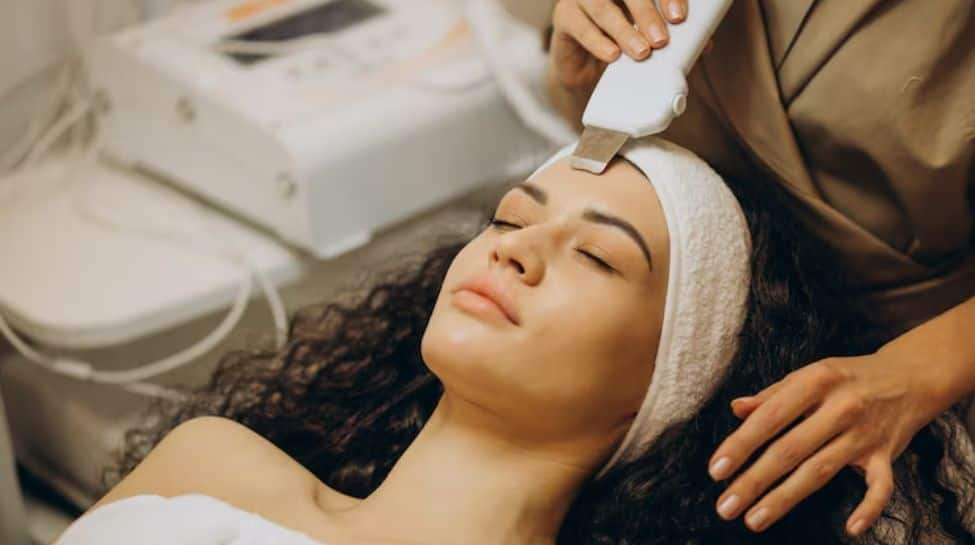As the atmospheric moisture is high, it helps the skin to retain moisture & making it more hydrated and making it receptive to procedures like exfoliation, acne management, and other laser treatments. The damp environment softens the outer skin layer, allowing treatments like chemical peels, masks to penetrate deeper for better results.
The increased moisture content in the skin increases the skin’s elasticity and allows better penetration of active ingredients used in the skin care routine. The decreased amount of sweating and minimal exposure to harsh Sunlight and UV rays reduces the risk of post-treatment complications.
Dr Meghana Reddy Endela, Consultant Dermatologist at Zennara Clinics, Hyderabad, shares the ideal time for skin treatments.
However, in the monsoon season, the increased humidity triggers the skin to produce more sebum, giving it an oily appearance & serves as a habitat for bacteria & dust. Sweat that stays on the greasy face clogs skin pores, causing acne breakouts.
Hence, dermatologists recommend gentle exfoliation 2-3 times/week to remove dead skin cells & prevent clogged pores. Using gentle cleansers, lightweight gel-based moisturizers, and sunscreens is recommended to combat those breakouts while keeping skin hydrated but not greasy.
The Dermatologist recommended a few monsoon skin treatments, including medifacials, chemical peels, and laser toning and micro needling.
However, consulting a dermatologist is crucial to determine the best treatments for individual skin types and concerns. Leveraging the benefits of the monsoon, individuals can achieve healthier, glowing skin with proper skincare and dermatological guidance.
Monsoon offers a great window for skin rejuvenation, provided the treatments are chosen wisely, and aftercare is strictly followed. During the monsoons, humidity levels rise, which helps keep the skin naturally hydrated. This reduces the risk of excessive dryness or flakiness that can sometimes follow certain skin treatments like chemical peels, microdermabrasion, or laser therapy.
Dr. Prachi B. Bodkhe, Dermatologist at Envi Aesthetics, MBBS, MD Dermatology, Fellowship in Lasers, Aesthetic Medicine, and Dermatosurgery, also shares an ideal time for skin treatments.
Post procedure, the skin is a little more sensitive to external factors, especially the Sun; the advantage of opting for treatments during this season is that the reduced UV intensity lowers the risk of sun damage. However, it’s essential to be cautious. The increased moisture in the air can also promote bacterial growth if proper aftercare isn’t maintained. Consulting a dermatologist to choose the right treatment and following post-procedure hygiene is crucial. Using sunscreen even on gloomy days is a must!
In addition, keeping the skin clean, avoiding heavy makeup, and sticking to non-comedogenic skincare can prevent clogged pores and post-treatment breakouts. Gentle hydration, a balanced diet, and adequate sleep further enhance healing and results. By combining professional guidance with mindful care, monsoon treatments can yield long-lasting benefits, leaving the skin healthier, clearer, and naturally radiant.
(This article is meant for informational purposes only and must not be considered a substitute for advice provided by qualified medical professionals. Always seek the advice of your doctor with any questions about a medical condition.)

